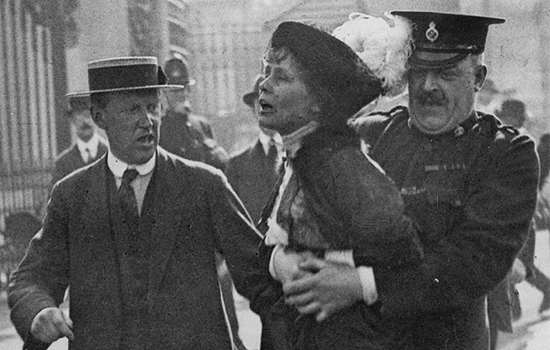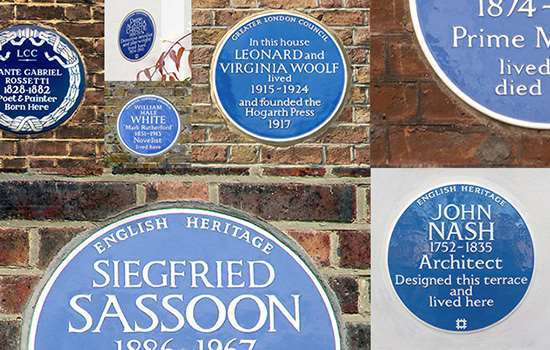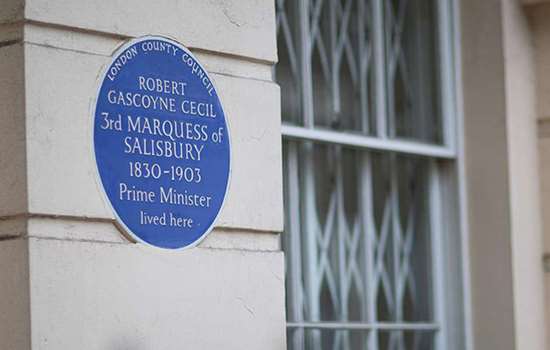NEWTON, Sir Isaac (1642-1727)
Plaque erected in 1908 by London County Council at 87 Jermyn Street, St James's, London, SW1Y 6JP, City of Westminster
All images © English Heritage
Profession
Natural Philosopher
Category
Philosophy, Science
Inscription
SIR ISAAC NEWTON 1642-1727 Lived Here
Material
Encaustic
Notes
The building was rebuilt and the plaque re-fixed in 1915. A supplementary rectangular plaque records this.
Sir Isaac Newton revolutionised our understanding of the physical world. He discovered the laws of gravity and motion, conducted influential experiments into optics and invented calculus. He is honoured with a blue plaque on the site of his former home at 87 Jermyn Street in St James’s, where he lived while serving as President of the Royal Society.
FOUNDING FATHER OF SCIENCE
Newton was born in Lincolnshire and studied at Cambridge, where he made his first scientific discoveries. When the great plague broke out in 1665 he was forced to return home and study in solitude. During the next couple of years he had an extraordinary period of productivity, developing his theories on calculus, optics and the laws of gravity and motion. However it wasn’t until 1687 that he published his findings. Philosophiae Naturalis Principia Mathematica was the culmination of over 20 years of thinking and proved to be the foundation for physics as we know it. It has been said that the Principia ‘may have done more to shape the modern world than any other [work] ever published’.
NEWTON IN LONDON
Newton moved to London – and to Jermyn Street – in 1696, on his appointment as Master of the Mint, a position he held until his death. He lived at number 88 until 1700, before moving next door to the larger number 87, where he remained until autumn 1709. This period saw Newton hold a series of important appointments: he was Lucasian Professor at Cambridge until 1702 and President of the Royal Society in 1703-27.
The wreathed blue plaque at 87 Jermyn Street was erected in 1908 was deemed a worthy case despite the fact that demolition of the late 17th-century house was imminent. In 1915 the plaque was re-erected on the new building occupying the site, a fact recorded by a supplementary tablet.
Nearby Blue Plaques
More About Blue Plaques



